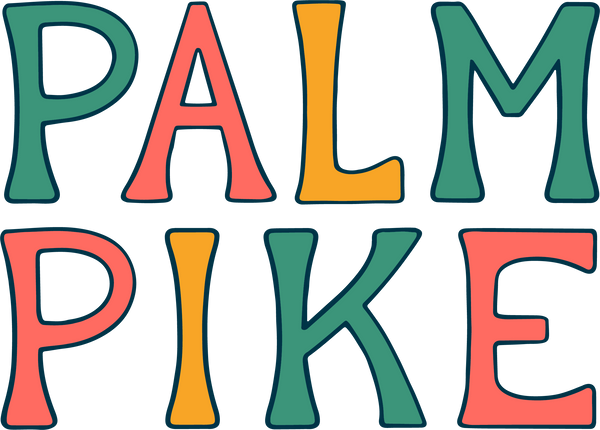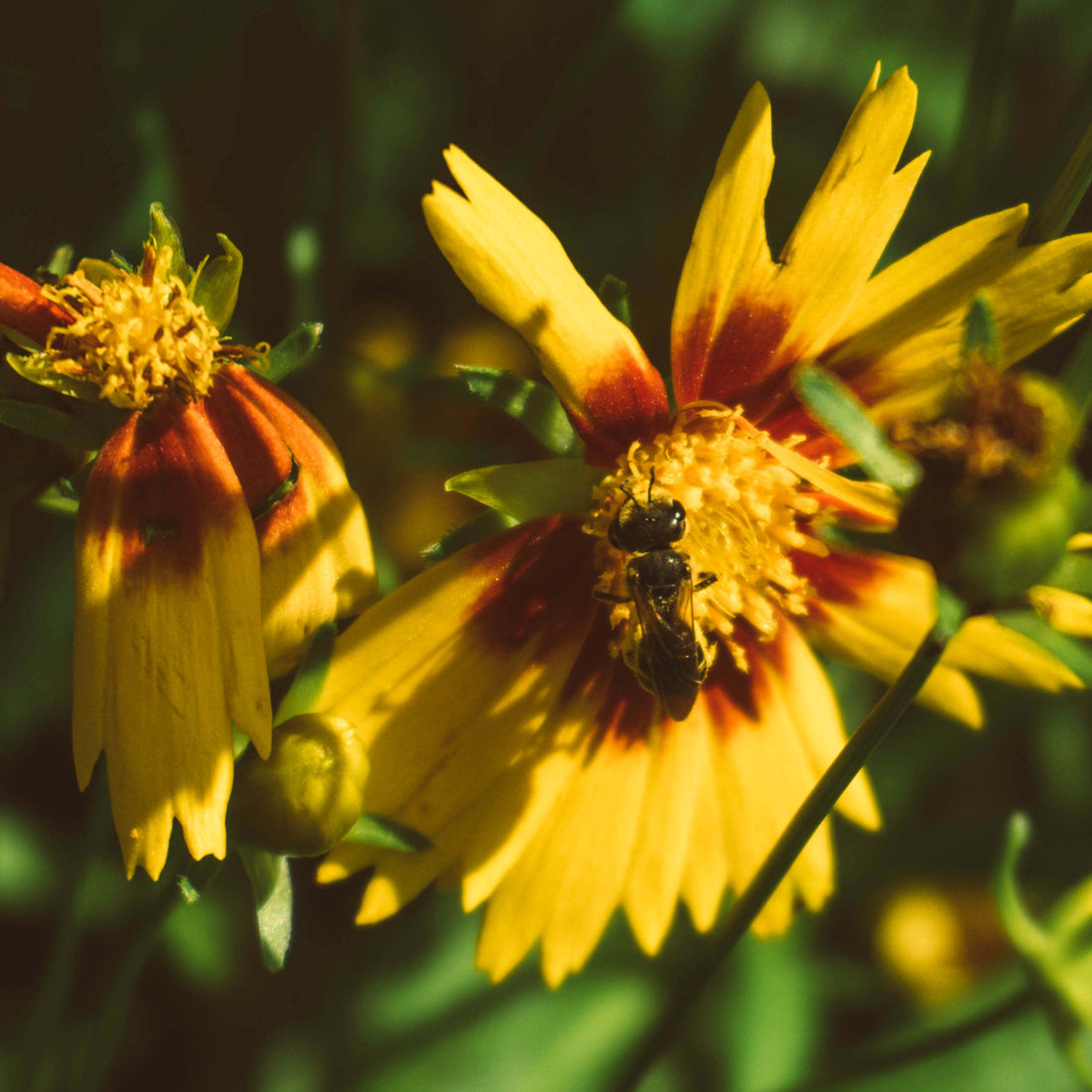Around the world, people and communities are realizing how important pollinators are to our environment and livelihood. However, pollinators everywhere are in decline, due to climate change, habitat loss, and pesticide use. There are many ways we can help save our pollinators but one of the best ways is by creating a pollinator garden.
Plant Natives
The best thing anyone can do for pollinators is planting native plants in your pollinator garden. There are many different types of pollinator friendly plants that are native to your area. You can figure out exactly what works for your yard and lifestyle by visiting your local county extension office.
However, in this post, I'm going to discuss what I've done in my own garden in Miami. The purpose of converting my vegetable garden to a pollinator garden was because I have not seen a lot of native pollinators in my area.
In northern parts of the state, residents see all types of native bees like bumble bees and sweat bees right in their backyards. However, in Miami, it is very difficult to see anything other than the Western Honey Bee.
Honey Bees Are Not Native
Honey bees are an extremely important part of our livelihood all across the globe. They are excellent pollinators and thrive in a wide variety of climates. Honey bees are responsible for pollinating majority of our food. However, native bees account for about 15% of pollination in the United States alone.
Therefore, they are a very important chunk of our agricultural system. The biggest problem that native pollinators face is the lack of habitat in newly developed areas. Majority of the population is unaware of how important these insects are. Also, they do not understand that planting flowering natives is vital for their survival.
How To Start Your Pollinator Garden
If you want to make a difference and help our pollinators, I highly recommend planting a pollinator garden! Below you will find steps to creating a very simple garden that requires very little upkeep.
The main thing with pollinator gardens is many of these plants are annuals, meaning they live for about a year and then die back. This will require you to plant more or reseed. However, the number of butterflies, moths, and bees that you will attract will make it all worth it.
To Raise Bed or Not To Raise Bed
Choose a flat surface in your yard that gets a decent amount of light throughout the day, ideally 6+ hours. Pollinators enjoy direct sunlight. Then, choose whether you want to make your garden into a raised bed or not.
The benefits of a raised bed are that it's a little easier to combat weeds and you can add great soil into it. I use cinder blocks as a raised bed and I find it extremely effective and cost-efficient.
Raised Bed Tip: Add cardboard on the bottom of the bed, prior to adding the dirt. This will help keep weeds at bay. Also, once you have added dirt and planted your plants, heavily mulch the area to keep weeds away.
If you're tight on space, I recommend using fabric pots to plant your flowers. Fabric pots are an easy way to save space and keep many different plants. These are the pots I use because they're tough and come in packs of 5.
Add Variety to Your Pollinator Garden!
In order to have the best possible habitat for pollinators, you need a variety of plant species. This can be achieved even if you have a small garden bed or pot. In South Florida, there are a wide variety of plants that are pollinator friendly. Below is a list of my favorite species that are native to Florida. I also added specific varieties that do well in South Florida.
- Firebush
- Tickseed - Leavenworth's Tickseed for South Florida
- Blanketflower
- Coontie
- Passionflower - Corkystem for butterflies
- Spanish Needle
- Saw Palmetto
- Wild Coffee - Shiny-leaf
- Milkweed - Butterfly Milkweed or Swamp Milkweed
- Beautyberry
- Snow Squarestem
- Tropical Sage
- Partridge Pea
- Purple Thistle
- Goldenrod
- Ironweed
I recommend purchasing these from local nurseries, instead of Home Depot or Lowes. Many of the plants found in those stores are heavily sprayed with pesticides, while local nurseries are less likely to heavily spray. You can find many native plant nurseries via https://www.floridanativenurseries.org/.
Water is Life
One thing that is often overlooked in pollinator gardens is water. Everyone needs water to survive, pollinators included. In South Florida during extremely hot days, many pollinators need to keep cool!
I use an old galvanized steel dish that was once apart of a chicken feeder, but this reptile food dish will work just as well! It also makes a cool statement piece in your garden that also doubles as a watering dish for pollinators.
If you're worried about mosquitoes, the trick is keeping the water dish extremely clean. Do not allow for any algae to grow in it. Mosquitoes will not lay eggs in a clean water dish because there is nothing for the larvae to eat.
Nesting Areas
Another important part of a pollinator garden is plenty of nesting space. Contrary to popular belief, most bee species are solitary and do not live in a hive like honey bees.
Therefore, nesting space for solitary bees is very important. You can add a simple bee house on your fence but make sure you leave some leaves and sticks laying in a corner of your yard. This is perfect for solitary bees to use as nesting spots and even to sleep for the night. This is my favorite bee house because it has a wide variety of nesting spots for bees, ladybugs, and lacewings.
Let's Help Save The Bees
There is no right or wrong way to set up your pollinator garden. The type of plants you incorporate will change based on your region. It's important to add a wide variety of native plants to accommodate your local pollinators.
Even just adding a few native flowering plants will help our pollinators immensely. Together we can make a difference just by changing our yard a little. If you're interested in helping pollinators in other ways, make sure to check out this blog post.

This blog contains some affiliate links and if you click on them to purchase a product, I will earn a small commission. I only link products that I truly stand by and not because of the commission I receive from your purchases. Whether or not you decide to buy something is up to you. However, it helps us to be able to provide you with amazing content and educational information.
If you found this blog post helpful, make sure to share it on social media! You can also follow us on any social media platform for more tips on pollinators, beekeeping, and behind the scenes of what's going on at Palm Pike Apiary. Love bees and want to support us? Check out our shop and buy a t-shirt!




